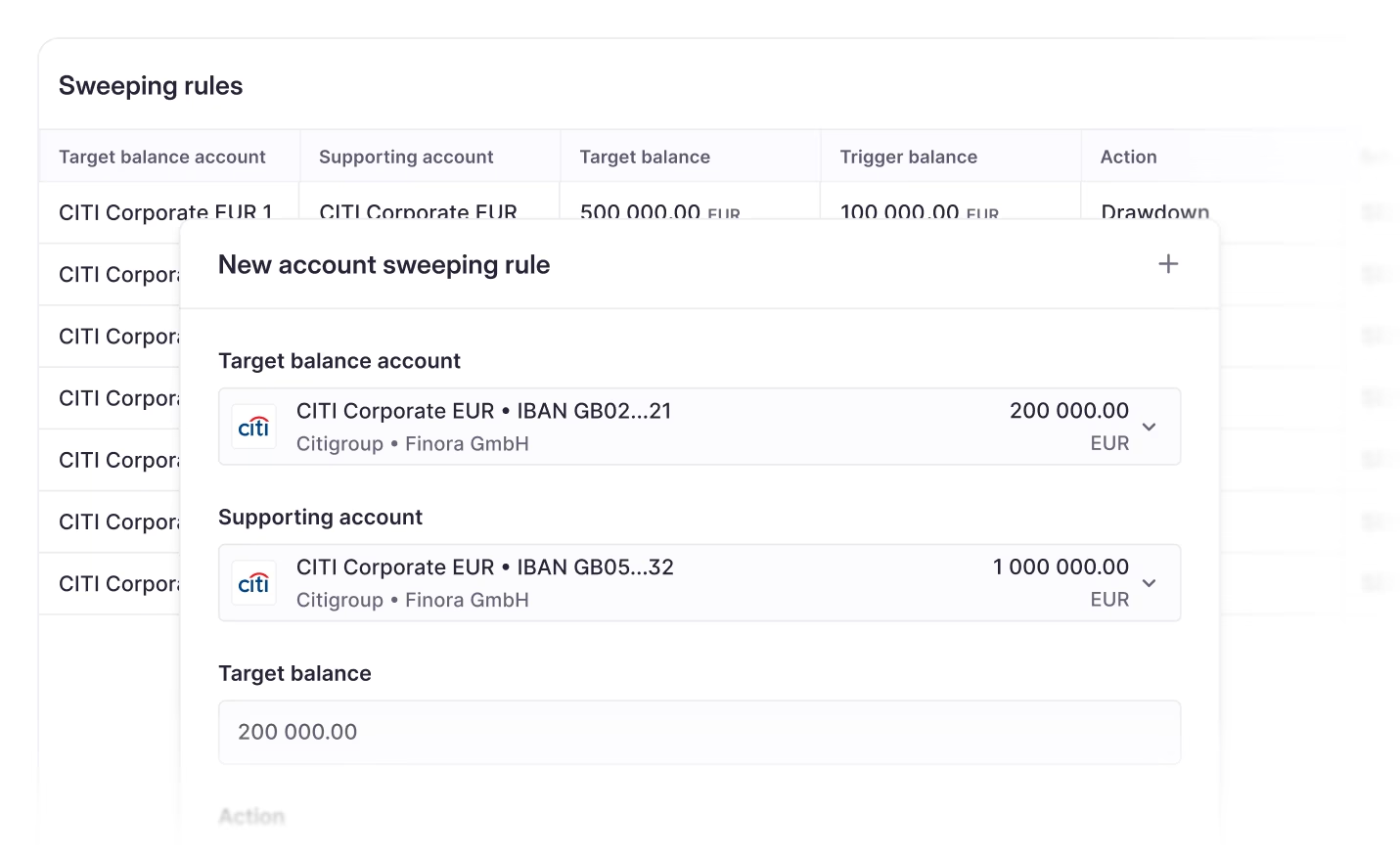What is batch processing?
Batch processing is the method of executing multiple payments or transactions together in a single run, rather than individually.

Introduction to batch processing
Batch processing allows finance and treasury teams to efficiently handle large volumes of transactions. Instead of approving and sending each payment separately, instructions are grouped into batches for collective review, approval, and submission.
This approach is particularly useful for predictable, recurring payment cycles like payroll, supplier payments, and expense reimbursements. By consolidating payments, finance teams can streamline operations, reduce manual workload, and improve control over outgoing cash flows. Batch processing also provides a clearer audit trail, as each batch represents a defined, approved set of transactions.
Batch processing in finance
In corporate finance, batch processing is central to how most companies execute regular payment runs. Accounts payable teams collect all approved invoices scheduled for payment and process them as one batch. Payroll teams follow the same principle, consolidating all employee payments into a single run on payday.
The goal is to make high-volume payment execution predictable, compliant, and efficient for recurring disbursements, which also includes reimbursements, dividends, and intercompany transfers.
The batch processing workflow
A typical workflow begins when payment data is collected and verified. Once invoices, salary files, or payment orders are reviewed and approved, they are grouped into a single batch file. This file is then submitted to the bank or payment provider for execution.
Importantly, each transaction within the batch is still processed individually by the underlying payment system, but the entire group is transmitted and confirmed together. Once processed, the results are reported back to the company’s treasury or ERP system, enabling automatic reconciliation against the ledger.
Batch processing can take place on a fixed schedule (daily or weekly) or on demand. The process often includes multi-level approvals and automated validation checks to ensure compliance and accuracy before release.
Advantages and limitations
The main advantage of batch processing is operational efficiency. Handling payments in bulk reduces manual data entry, saves time, and lowers the risk of human error. It also supports better governance: approvals are applied consistently across the group, and all activity is logged for reporting.
For finance leaders, batching provides clearer visibility over total cash outflows, helping align payment timing with liquidity planning. It also reduces transaction costs when banks or providers charge per submission.
However, batch processing has trade-offs. Because payments execute only at set intervals, it introduces a delay between approval and settlement. Furthermore, errors within a batch can affect multiple payments at once. Effective exception handling and reconciliation processes are therefore essential to maintain system accuracy and trust.
Batch processing in practice
A common example is an end-of-day supplier payment run. Approved invoices are compiled into a batch file at a scheduled time, approved by a manager, and sent to the banks. Confirmation details are then automatically fed back into the accounting or ERP system for reconciliation.
This principle is standardized for managing high-volume payouts, whether across different currencies, entities, or bank accounts.
How Atlar can help with batch processing
Atlar simplifies batch payments by bringing creation, approval, and execution into one connected platform. Finance teams can generate and send payment batches directly from their ERP systems or within Atlar, with built-in support for multi-entity setups and automated approvals through its payment operations capabilities. Once a batch is executed, payment statuses and transaction data are updated in real time, making reconciliation seamless.
By combining bank connectivity, automation, and centralized control, Atlar enables businesses to manage payment runs efficiently, reduce manual work, and maintain full visibility over every transaction in each batch.
You can unsubscribe anytime.
Further reading
See Atlar in action.
Enter your work email to watch a live product demo.


